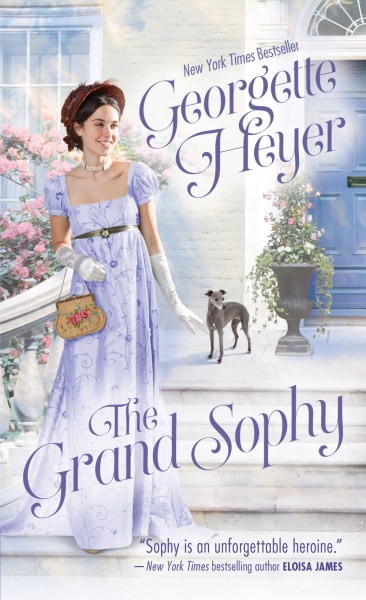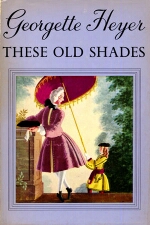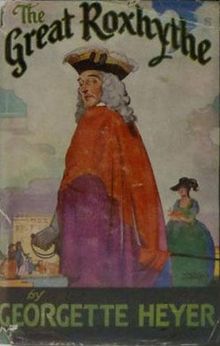
Whereas with these old Shades of mine,
Their ways and dress delight me;
And should I trip by word or line,
They cannot well indict me.
— Austin Dobson, “Epilogue” to Eighteenth Century Vignettes, Second Series (yep, that’s where Heyer got the title)
“He has Titian hair,” said Justin blandly. “Titian hair has ever been one of–my–ruling–passions.”
Chapter I, His Grace of Avon Buys a Soul
I have received some complaints from my Gentle Readers about some of the earlier posts in this series: some dissatisfaction that I’m wasting time reading these stupid, boring books that the author herself didn’t even like very much instead of moving right to the Good Stuff.
Well, Gentle Readers, we’re at the Good Stuff now.
In fact, I would say that These Old Shades is probably the best-known of Georgette Heyer’s novels–her Pride and Prejudice, if you will, at least in terms of popularity. However, can one imagine Jane Austen, having lived another ten, twenty, thirty years, ever growing tired of praise of Elizabeth and Darcy, and weary of readers begging for more books like Pride and Prejudice? More, in those days before the JAFF genre existed, of the Darcys themselves? If her letters are to be believed, Georgette Heyer certainly grew weary of fans asking for more books like These Old Shades. Yet in this book she not only recycled characters from her first published work, The Black Moth, she went back to the adventures of the Alistairs two more times in Devil’s Cub and An Infamous Army. But I am getting ahead of myself.
Continue reading





